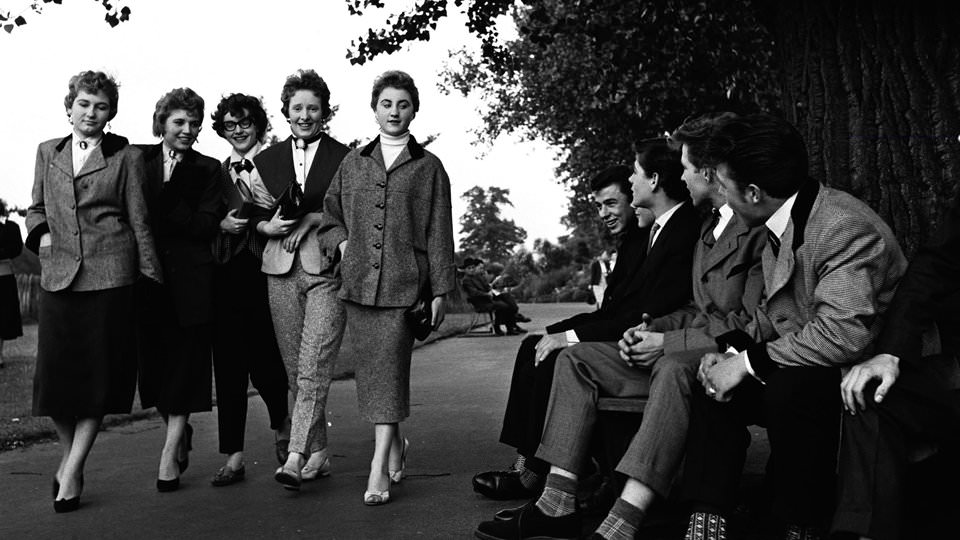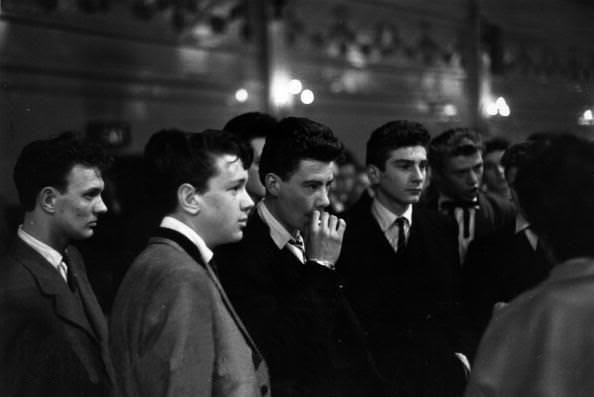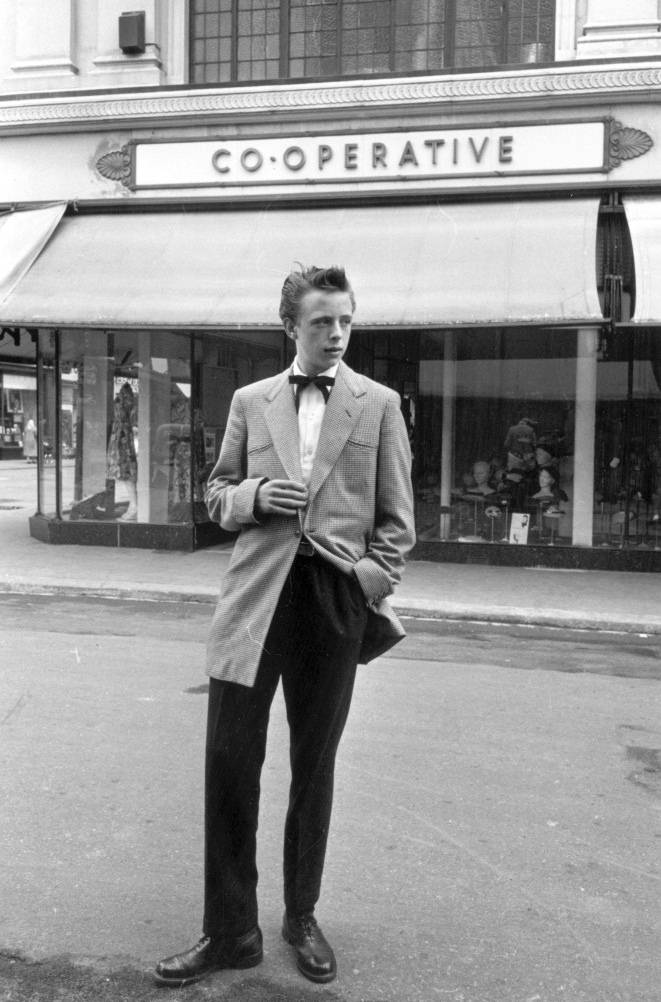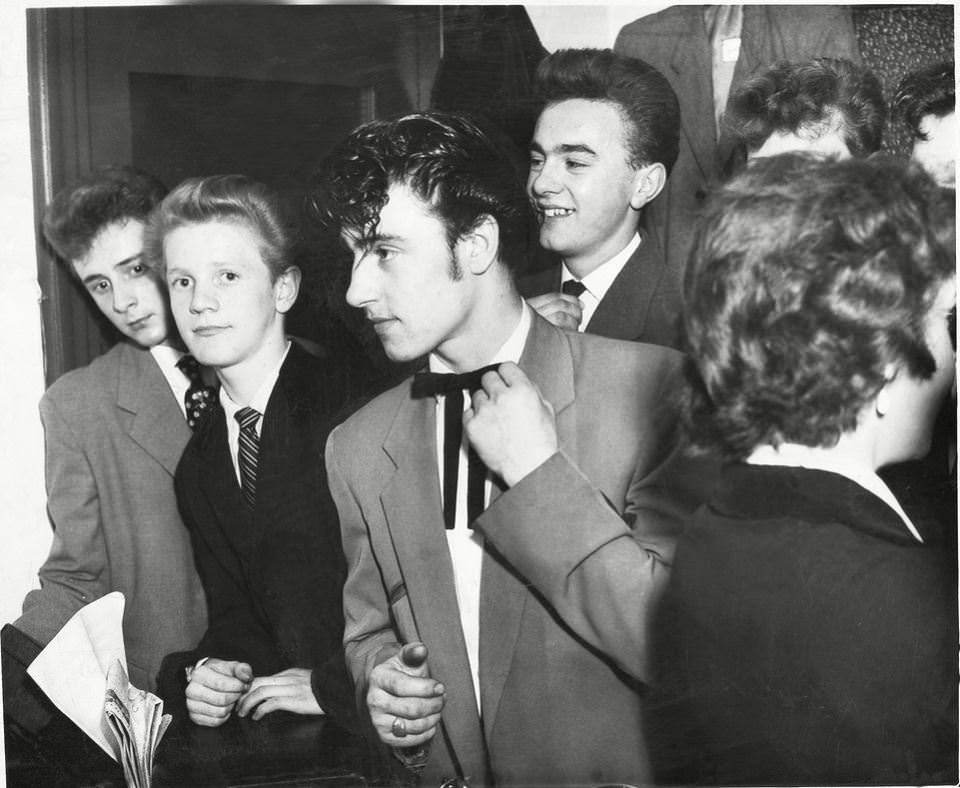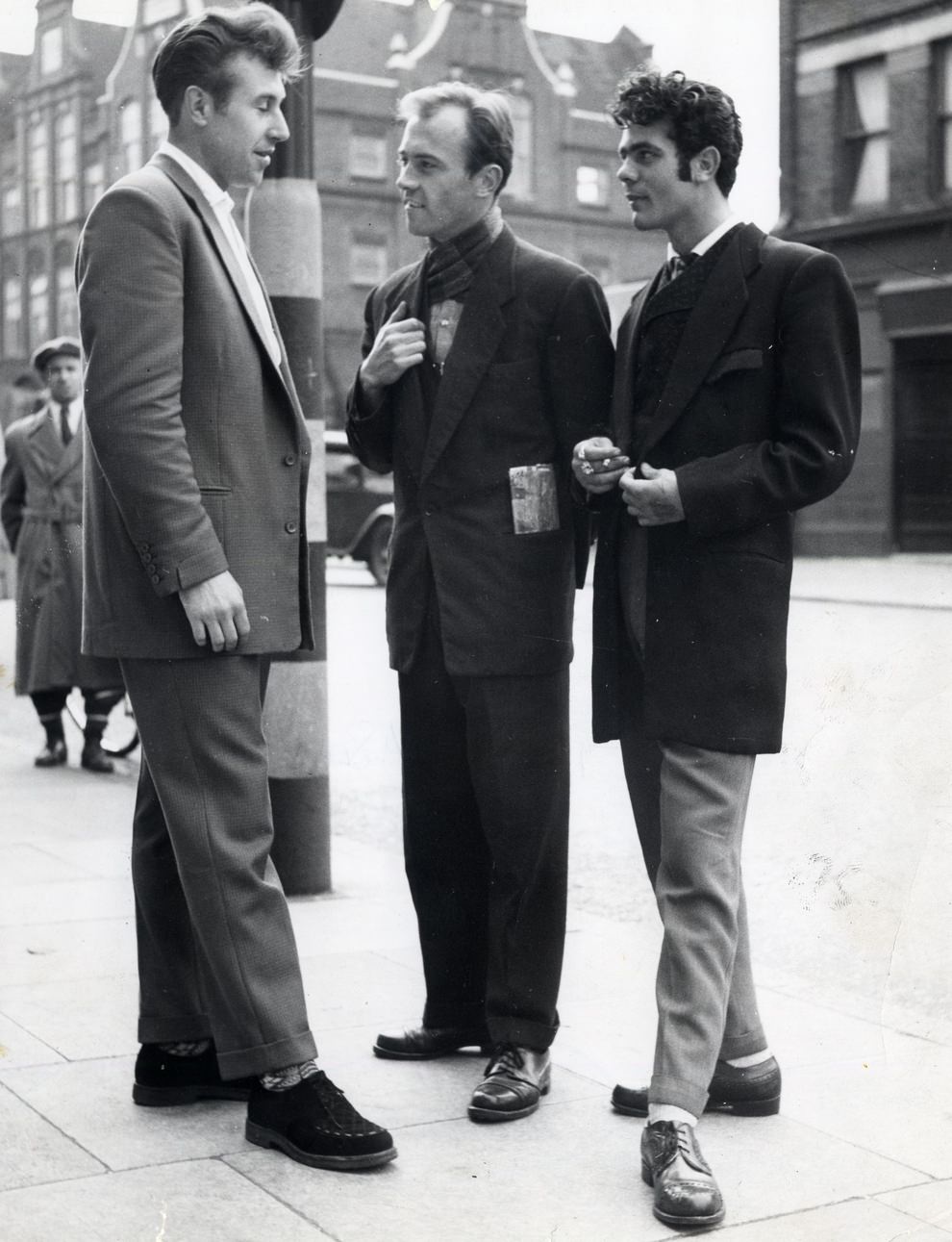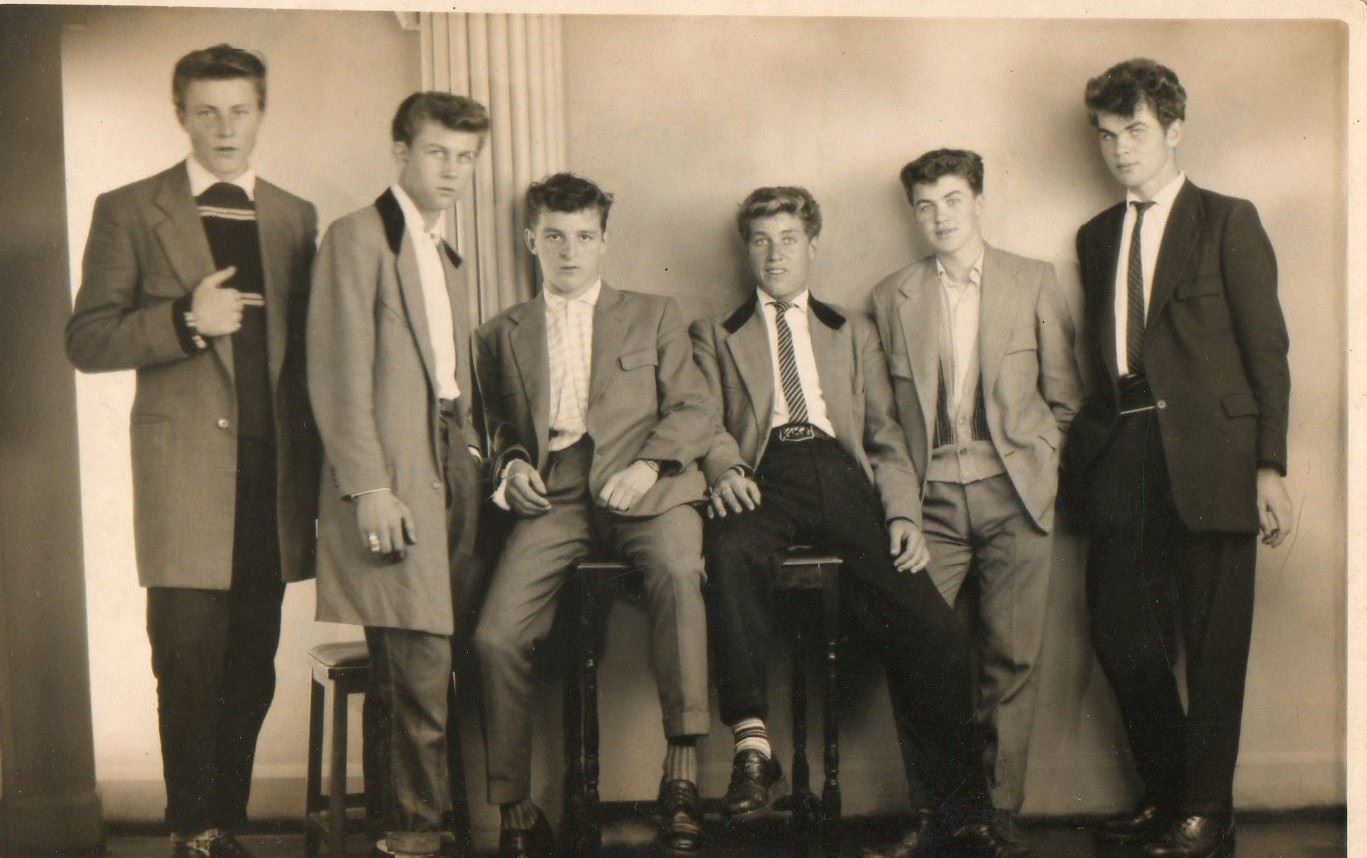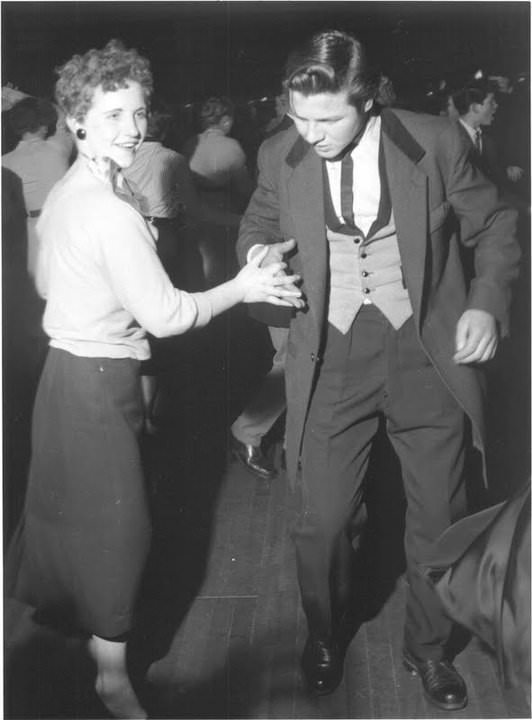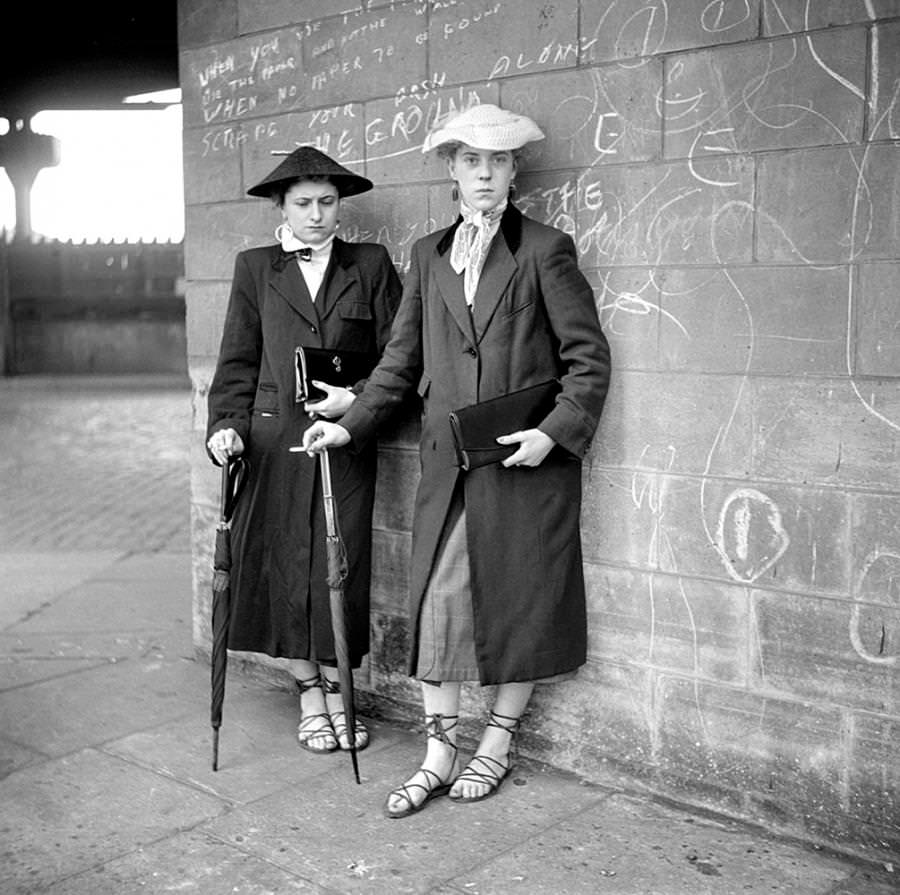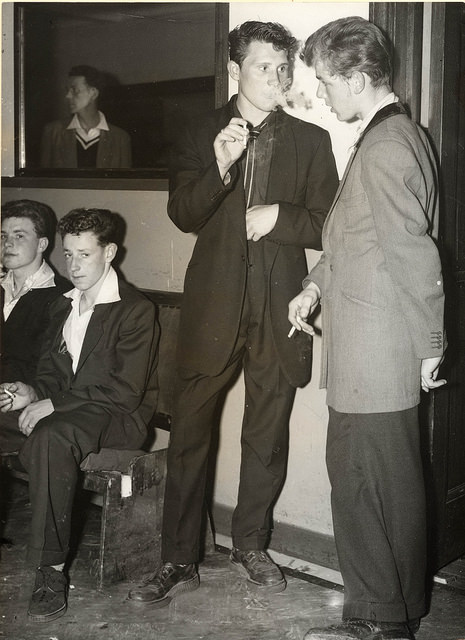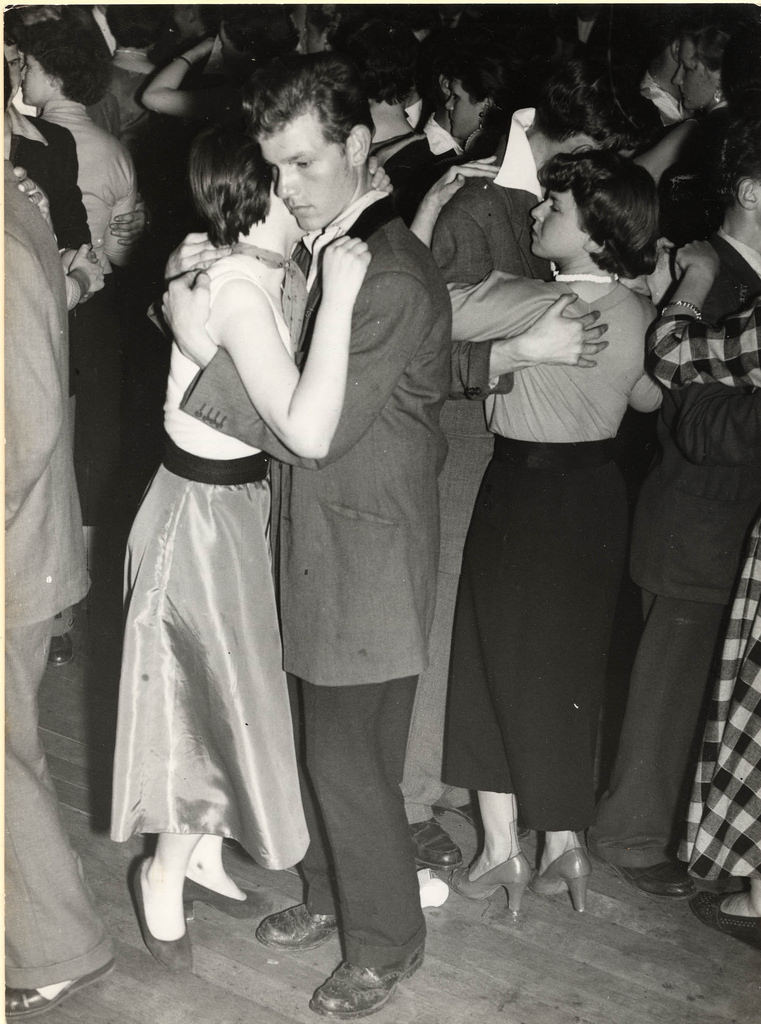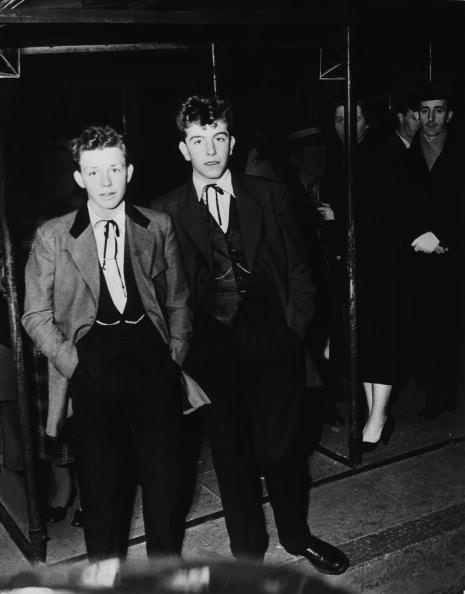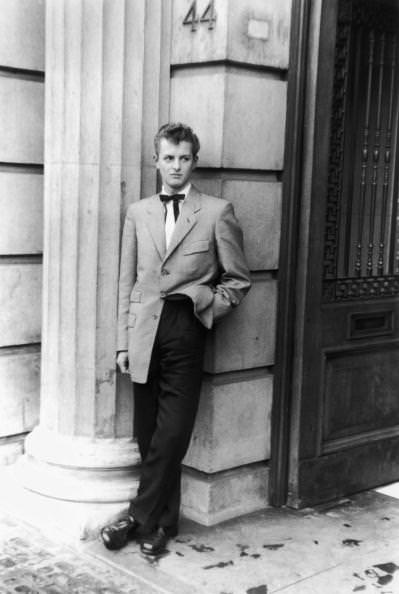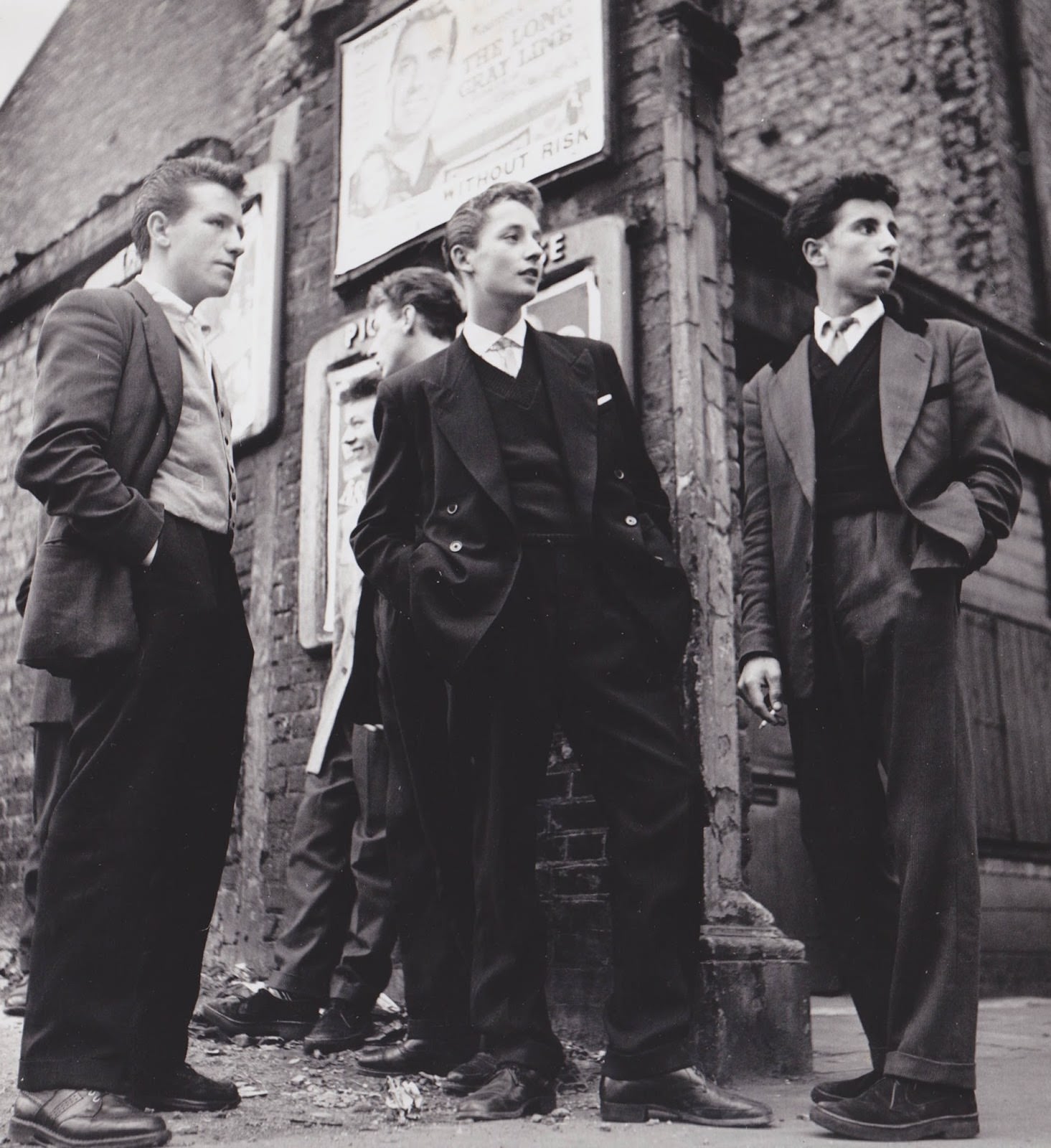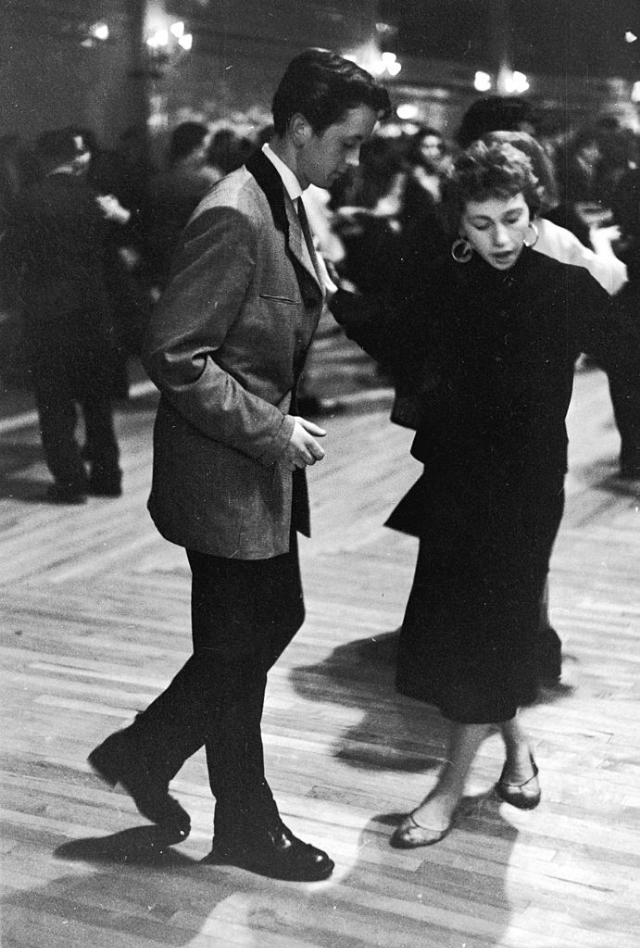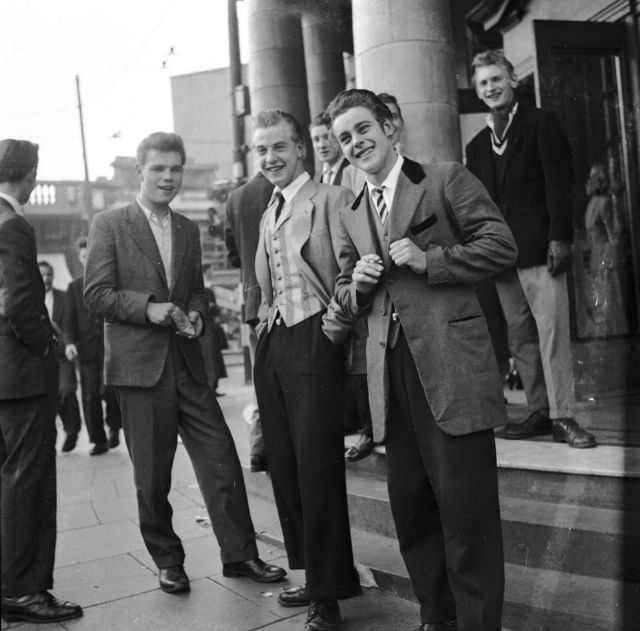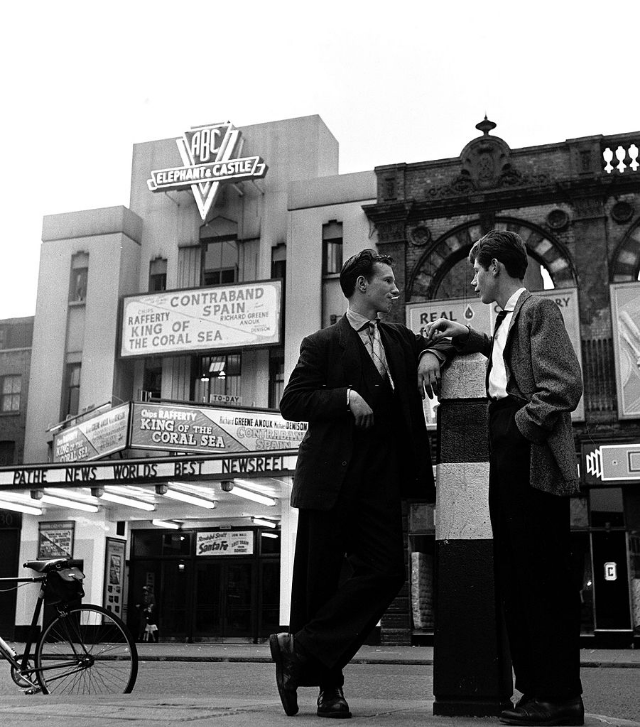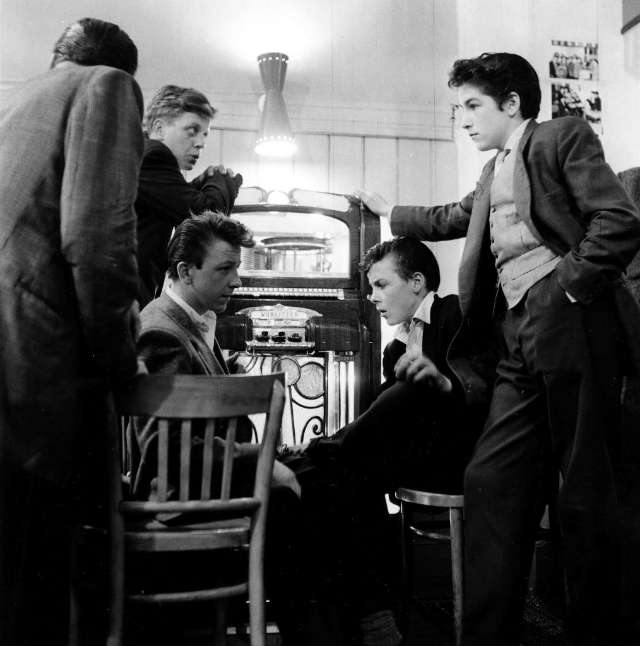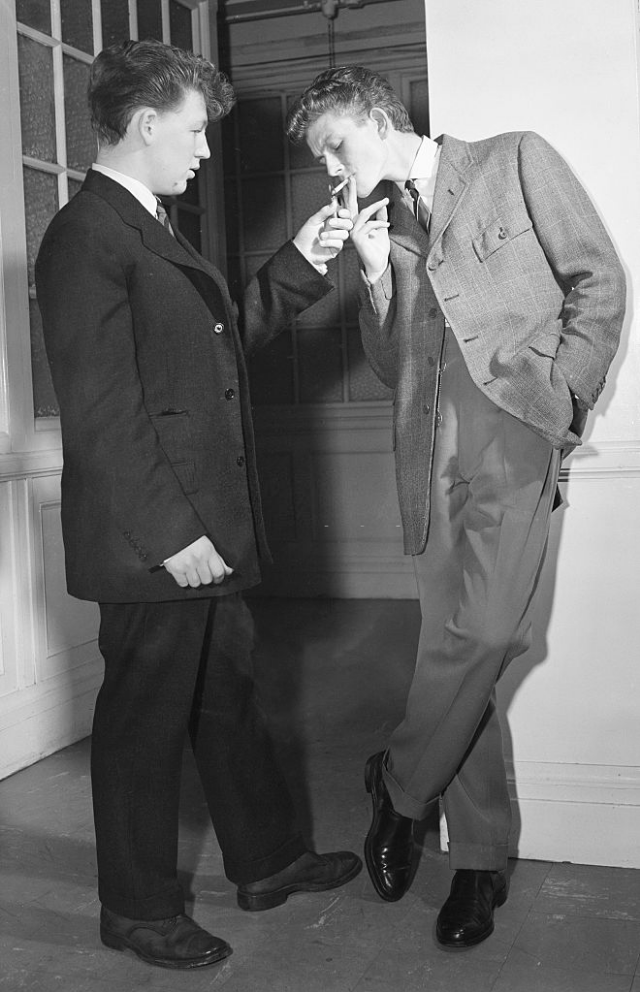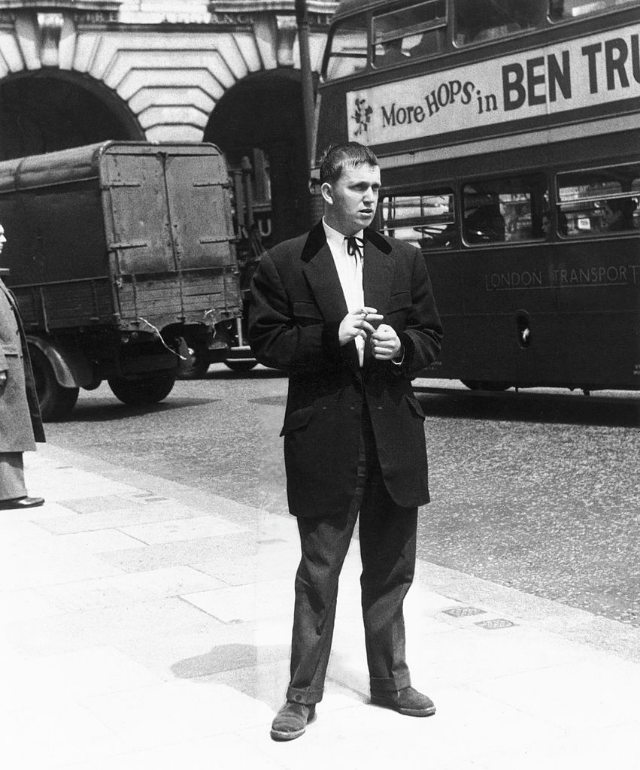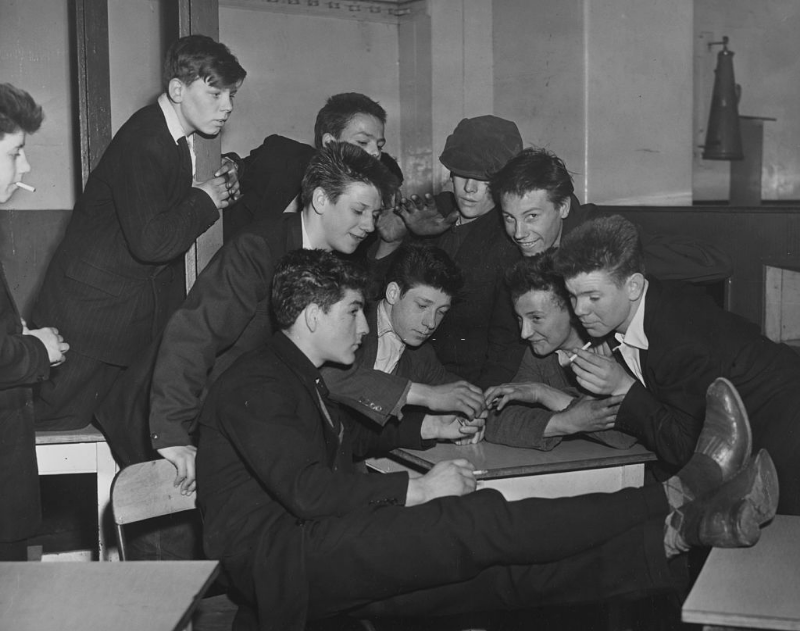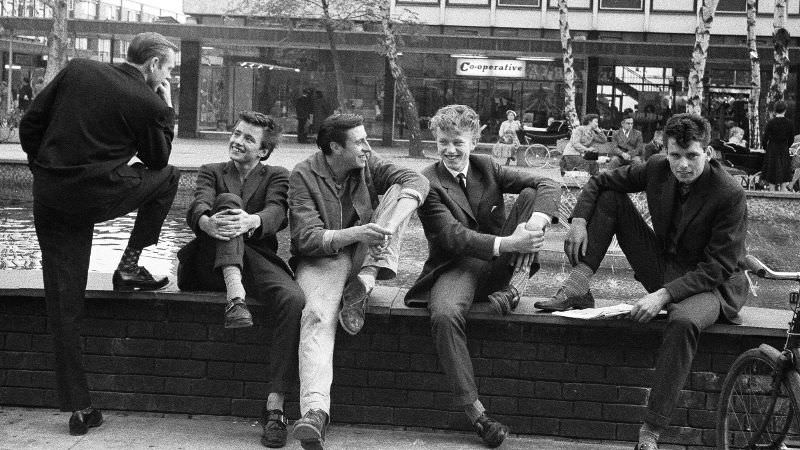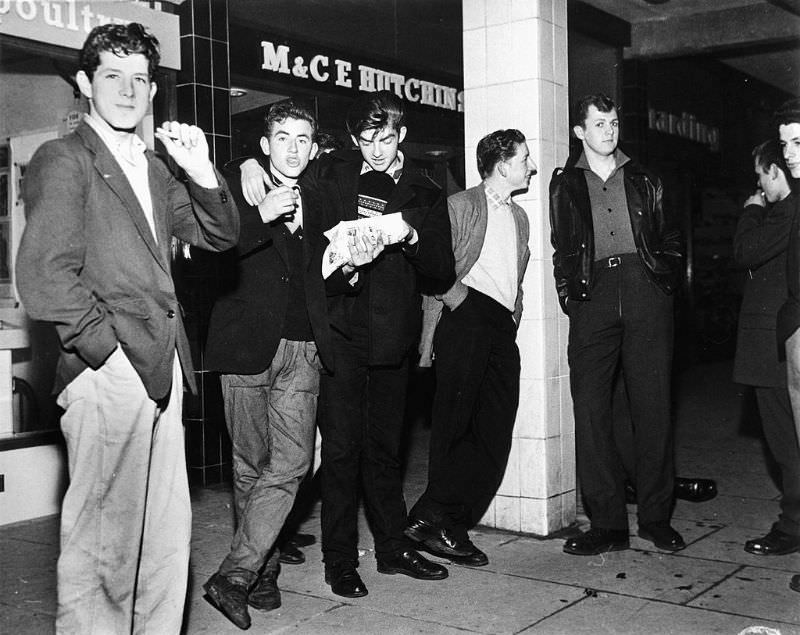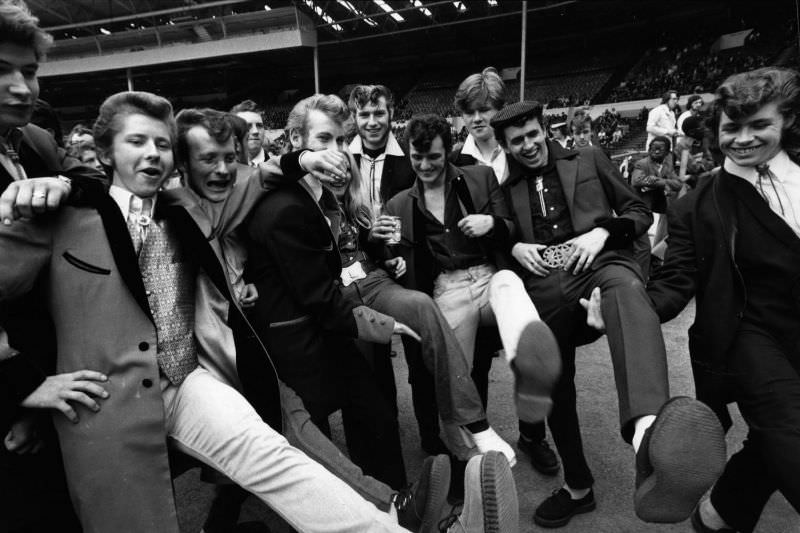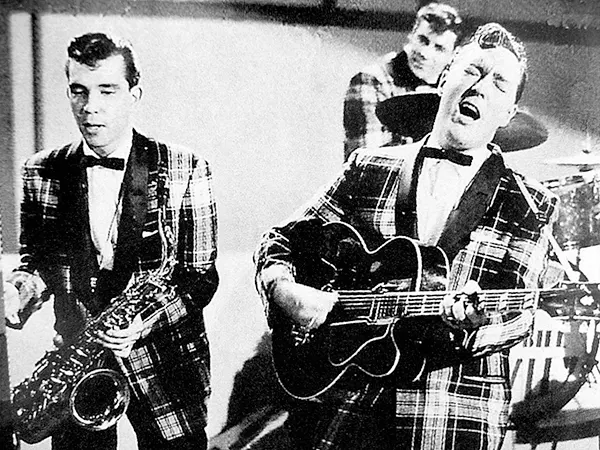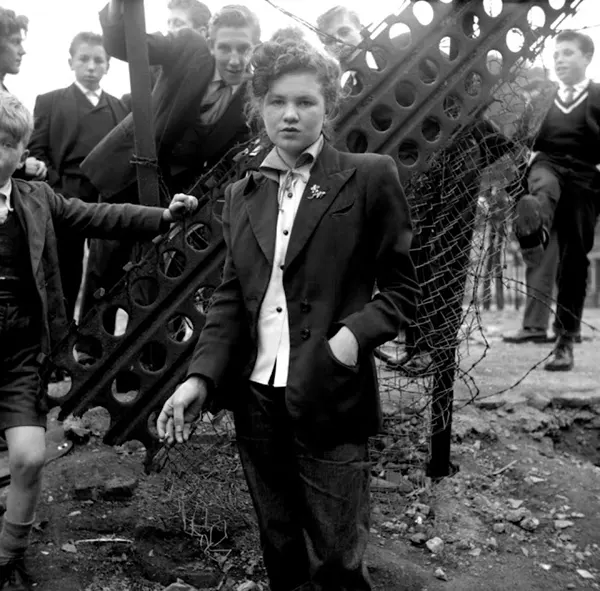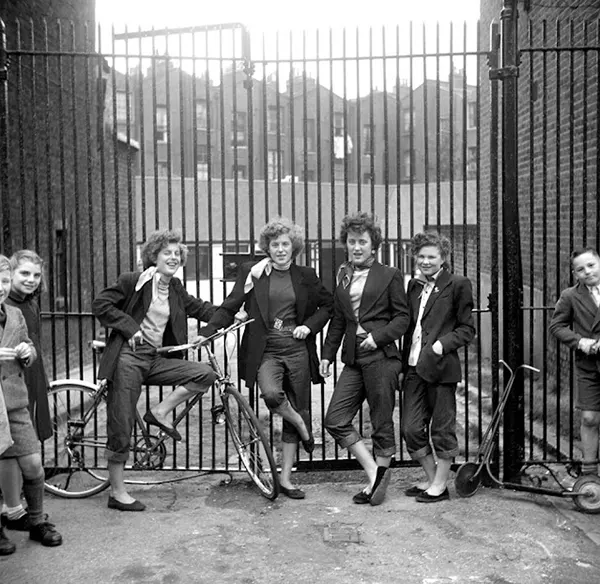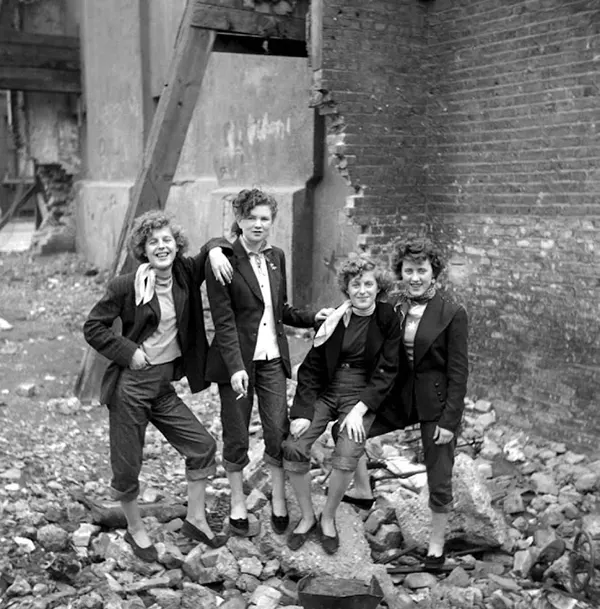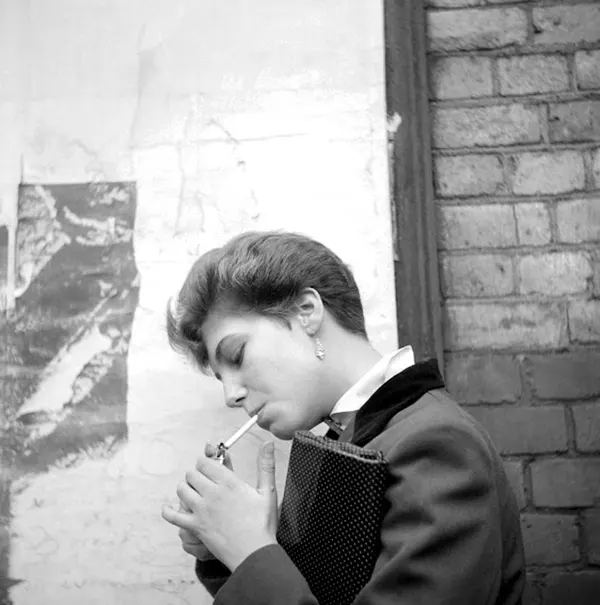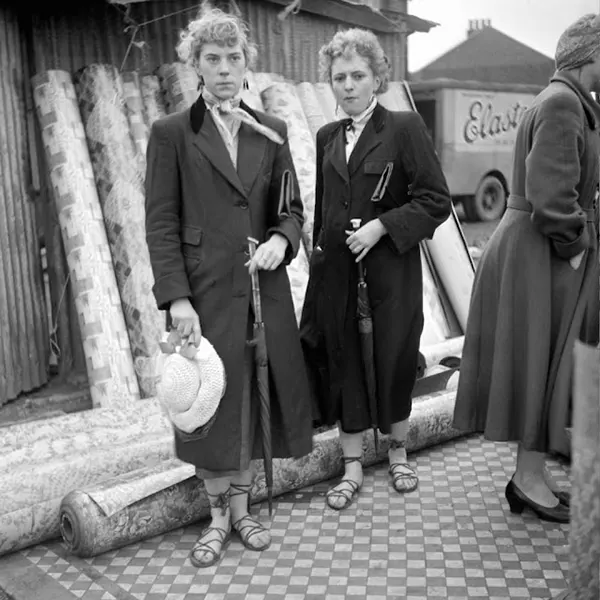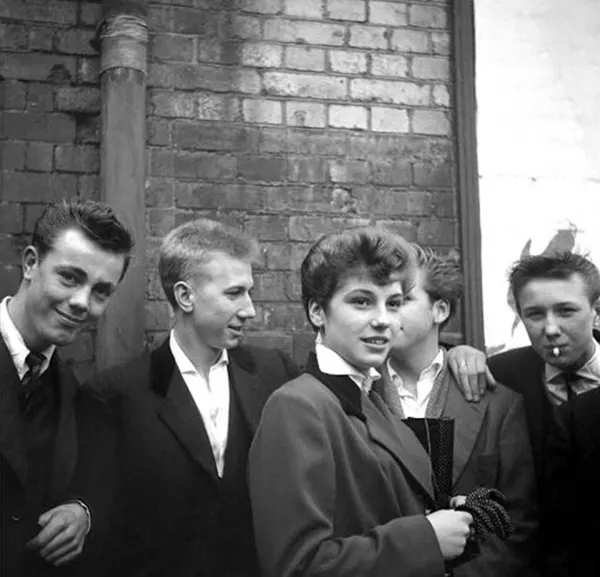The 1950s might conjure images of poodle skirts and sock hops, but beneath the seemingly squeaky-clean surface lurked a simmering youth rebellion. Enter the Teddy Boys and Girls, a stylish and defiant subculture that challenged the social norms of the era.
In the aftermath of World War II, Britain was a nation rebuilding. Austerity measures left many young people feeling disillusioned. Craving excitement and a sense of identity, they turned to a surprising source of inspiration: Edwardian fashion.
Tailored for Trouble
The Teddy Boy look was a sharp departure from the loose-fitting clothing of the time. Teddy Boys (often called “Teds”) donned drainpipe trousers, drape jackets with velvet collars, and pointed winklepicker shoes. Think James Dean meets a Victorian dandy. Their carefully crafted quiffs completed the picture, a symbol of rebellion meticulously sculpted with grease.
Teddy Girls, sometimes called “Judies,” weren’t to be outdone. They adopted Edwardian influences too, sporting Capri pants, pedal pushers, and fitted jackets. Unlike their demure counterparts in full skirts, Teddy Girls embraced a more daring silhouette, often accessorizing with bolder makeup and bolder attitudes.
Music and Mayhem
Rock and Roll, a new and rebellious sound from across the Atlantic, became the soundtrack of the Teddy movement. Teds flocked to see artists like Elvis Presley and Bill Haley, their energy mirroring the raw power of the music. This love for rock and roll, coupled with their distinct fashion sense, made them stand out from the crowd – and not always in a positive light.
The Media Frenzy
The British press painted Teds and Teddy Girls as delinquents, associating them with juvenile delinquency and gang violence. While some Teds did form social groups, the media’s portrayal often exaggerated the threat. Many Teds were simply working-class youth yearning for self-expression.


